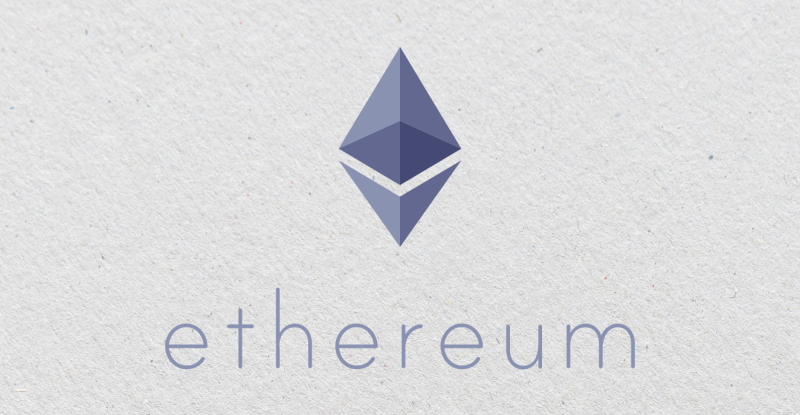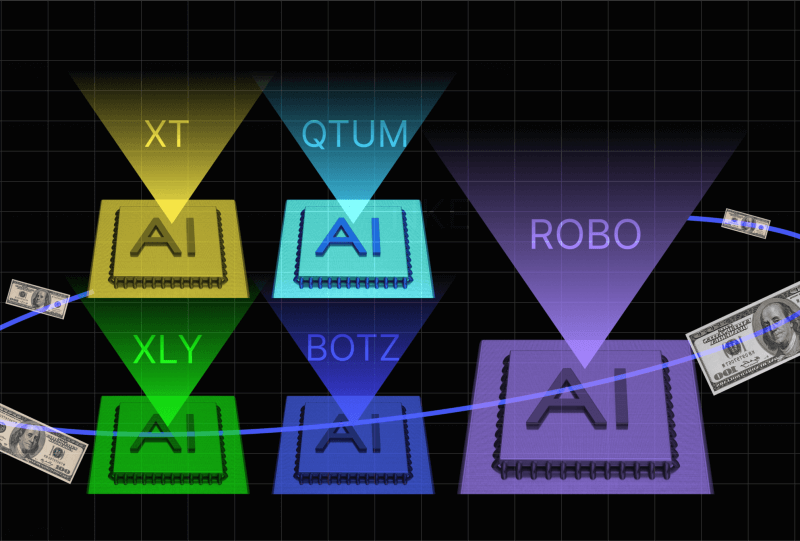Crypto Nodes That Pay: Your 2025 Guide to Top Passive Income Opportunities in Crypto
May 22, 2025

Generating income from digital assets is a hot topic, and participating in blockchain networks offers intriguing possibilities beyond just trading.
2024 saw Ethereum’s validator count grow impressively to well over a million, all securing the chain. This signals a clear trend: running a crypto node is a growing avenue for direct network involvement and potential rewards.
What are nodes in crypto? In simple terms, they are the computers that form a blockchain’s backbone, verifying transactions and keeping the network running. For this essential function, various crypto nodes that pay rewards provide opportunities to earn.
This guide will explore some of the leading options for generating crypto nodes passive income.
Key Takeaways:
- A diverse range of nodes exists—from validators and masternodes to those powering decentralized infrastructure (DePIN)—each with unique roles, reward mechanisms, and participation requirements.
- The investment needed and the technical expertise required, along with the potential profitability of profitable crypto nodes, vary significantly from one project to another.
- Operating nodes can be rewarding but involves market risks like token volatility and operational demands; thorough individual research into any specific node is essential before committing.
Ethereum Validator Nodes

Ethereum validator nodes are the workhorses securing the network that hosts a massive world of decentralized finance (DeFi) and NFTs. Since Ethereum embraced Proof of Stake, these validators process transactions and create new blocks.
This essential work earns them rewards, primarily in newly issued ETH, plus a share of transaction priority fees paid by users.
Running your own Ethereum validator node is a serious commitment. It requires staking a hefty 32 ETH and having the technical skills to set up and maintain a secure, always-on server.
While this offers a direct path to crypto nodes that pay passive income in ETH, returns can vary based on overall network staking levels and the price of ETH itself. There’s also the risk of “slashing” – losing some staked ETH if your node malfunctions or acts improperly.
For those who find the 32 ETH stake or the technical side too demanding, alternatives like liquid staking pools (e.g., Lido) or services on major exchanges provide more accessible ways to participate.
Ethereum Validator: At a Glance (May 2025)
- Primary Requirement (Solo): 32 ETH collateral.
- Reward Token(s): ETH.
- Reward Mechanism: Staking rewards (new ETH) & transaction priority fees.
- Est. Annual ROI (Solo): ~3-5% in ETH (highly dependent on network participation & fees).
- Technical Level (Solo): High (server setup, key management).
- Key Risks: Slashing (loss of ETH), ETH price volatility, lock-up periods.
- Accessibility: Staking pools & exchanges offer lower entry/less tech-heavy options.
Dash Masternodes

Dash positions itself as “digital cash”, designed to be fast and easy for everyday use. A key part of what makes Dash different is its second layer of “Masternodes.” They power special features like InstantSend for nearly immediate transaction confirmations and PrivateSend, which offers users an option for increased privacy.
If you’re looking into crypto nodes that pay, running a Dash Masternode means first committing 1,000 DASH as collateral. Once set up (often with the help of hosting services to simplify the technical side), these nodes earn a substantial portion—currently 60%—of Dash’s block rewards for their services.
What also sets Dash Masternodes apart is their role in governance. Operators get to vote on how Dash’s treasury funds are allocated to projects, giving them a real voice in the ecosystem’s future.
Dash Masternode: At a Glance
- Primary Requirement: 1,000 DASH collateral.
- Reward Token(s): DASH.
- Reward Mechanism: Receives a share (currently 60%) of each block reward.
- Est. Annual ROI: ~5-7% in DASH (depends on DASH price, active masternodes).
- Technical Level: Moderate (VPS setup; simplified by hosting services).
- Key Risks: DASH price volatility, server uptime, changes in reward structure.
- Accessibility: Significant collateral cost; hosting services improve ease of access.
Flux Nodes

Flux offers a different approach: building a decentralized cloud computing network and offering a community-driven alternative to big centralized cloud services like AWS.
The Flux Nodes are the heart of this system, providing the actual computing power—CPU, RAM, and storage—that applications run on using FluxOS. If you’re looking to run one of these crypto nodes that pay and earn FLUX rewards, you’ll need to stake FLUX tokens as collateral.
Flux has different node tiers, like the entry-level Cumulus, then Nimbus, and the more powerful Stratus, each requiring different amounts of FLUX and specific hardware setups.
A big part of Flux’s draw is its vision for a truly decentralized internet, built and run by its users. While setting up your own node appeals to the more technically inclined (though hosting services can help), Flux also introduced “Titan” nodes.
This is a shared staking model that lowers the entry barrier, allowing more people to participate and contribute to this decentralized future.
Flux Node: At a Glance
- Primary Requirement(s): Tiered (e.g., Cumulus ~1,000 FLUX; Nimbus ~12,500 FLUX; Stratus ~40,000 FLUX).
- Reward Token(s): FLUX.
- Reward Mechanism: Share of block rewards (split 50/50 with PoW miners, then distributed among node tiers based on hierarchy).
- Est. Annual ROI: Cumulus historically cited around 7.5% of the node reward share, Nimbus ~12.5%, and Stratus ~30%. Actual FLUX earned depends heavily on the number of active nodes per tier, FLUX price, and parallel asset rewards. Expect fluctuations.
- Technical Level: Self-hosted (Moderate-High); Titan shared staking (Lower).
- Key Risks: FLUX price volatility, hardware/VPS costs, uptime requirements, competition.
- Accessibility: Tiered system & Titan nodes offer varied entry points.
Helium Hotspots

Helium incentivizes individuals to build out decentralized wireless networks and earn from crypto nodes that pay. Instead of traditional cell towers, Helium relies on “Hotspots“—physical devices people set up to provide network coverage.
Originally focused on a LoRaWAN network for Internet of Things (IoT) devices, Helium has expanded to include a 5G mobile network, aiming to offer more affordable and community-driven connectivity.
Running a Helium Hotspot is less about complex software configuration and more about placing a physical device in a good location to provide useful wireless coverage.
Those providing IoT coverage earn IOT tokens, while those contributing to the 5G mobile network earn MOBILE tokens. The main HNT token underpins the broader Helium ecosystem and has been involved in governance and protocol-level operations.
If you’re interested in contributing to tangible infrastructure and exploring rewarding crypto nodes that pay with a hardware component, Helium presents an interesting model. Profitability, however, is highly dependent on factors like hotspot location, the density of other nearby hotspots, and actual network usage in the area.
Helium Hotspot: At a Glance
- Primary Requirement(s): Approved Helium-compatible hotspot hardware (costs vary, e.g., $250-$500).
- Reward Token(s): IOT (for IoT network coverage/data); MOBILE (for 5G/Mobile network).
- Reward Mechanism: Proof-of-Coverage (verifying coverage), data transfer validation.
- Est. Annual ROI: Some well-placed hotspots might earn a few dollars worth of tokens per day, others much less or more.
- Technical Level: Low-Moderate (primarily physical setup, app configuration).
- Key Risks: Hardware cost, IOT/MOBILE/HNT token volatility, highly location-dependent earnings, and network changes impacting rewards.
- Accessibility / Notes: Relatively low technical barrier; success is heavily tied to strategic deployment and real-world network utility in your area.
Storj Storage Nodes

Storj offers a way to utilize crypto nodes that pay through spare hard drive space for decentralized cloud storage. It relies on a global network of individuals sharing their capacity instead of traditional data centers. Files get encrypted, split, and spread across these nodes, aiming for enhanced privacy and security.
Running a Storj node means dedicating some of your available disk space—often 500 GB or more—and ensuring your system has a stable, active internet connection.
You earn STORJ tokens when individuals or applications use your node to store or retrieve their data. Payments are directly linked to the actual storage space utilized and the bandwidth consumed for downloads.
This setup provides a path to DeFi passive income without the large initial crypto stake many other node types demand. For Storj operators, consistent reliability is paramount. The network incorporates a reputation system, which includes a temporary withholding of some early earnings, to foster long-term, stable participation.
Storj Node: At a Glance
- Primary Requirement(s): Min. 500 GB+ disk space (more recommended), good bandwidth, and high uptime.
- Reward Token(s): STORJ.
- Reward Mechanism: Paid for actual storage used (e.g., historically ~$1.50/TB/month) and egress bandwidth (e.g., historically ~$2/TB).
- Est. Annual ROI: No fixed ROI. Depends on the actual data stored/retrieved by clients, node reputation (which builds over time), and STORJ token price. Established nodes (15+ months) with several TBs utilized might see tens to potentially low hundreds of USD worth of STORJ per month, but this is not guaranteed.
- Technical Level: Moderate (software setup, port forwarding, identity).
- Key Risks: STORJ token price volatility, low earnings until reputation/storage fills, data demand fluctuations, held amount impacting early income.
- Accessibility / Notes: No large crypto collateral; utilizes existing/affordable hardware. Earnings grow with reliability and network demand.
PIVX Masternodes

PIVX (Private Instant Verified Transaction) is a cryptocurrency that places a strong emphasis on user privacy, transaction speed, and community-led governance. Its masternodes support the network’s advanced privacy features—most notably its SHIELD technology, which utilizes zk-SNARKs for highly anonymous transactions—and its Proof of Stake consensus mechanism.
To operate a PIVX masternode, individuals need to hold 10,000 PIVX as collateral. This stake, combined with running a node (often on a VPS), allows operators to participate in network validation and governance.
In return, PIVX masternodes earn a share of the block rewards. The PIVX reward structure is dynamic, often aiming to balance rewards between staking and masternodes to maintain network health.
The dual focus of PIVX makes it particularly interesting for those looking for crypto nodes that pay: strong privacy for users and a decentralized autonomous organization (DAO) model where masternode owners vote on budget proposals and the project’s direction.
PIVX Masternode: At a Glance
- Primary Requirement: 10,000 PIVX collateral.
- Reward Token(s): PIVX.
- Reward Mechanism: Share of block rewards (dynamic split with PoS stakers).
- Est. Annual ROI: ~8-10% in PIVX (varies with active nodes, PIVX price).
- Technical Level: Moderate (VPS setup; hosting options available).
- Key Risks: PIVX price volatility, privacy coin market competition, node maintenance.
- Accessibility: Lower collateral cost than some; strong community focus.
Conclusion
So, are crypto nodes profitable? It’s important to remember that while running crypto nodes that pay income can be a smart digital investment, profitability in the DeFi world is dynamic. It’s influenced by token prices, network activity, and operational factors. Thorough personal research is always essential.
Disclaimer: This article is for informational purposes only. It is not financial advice and should not be relied upon for investment decisions. Always do your own research and consult a financial advisor before investing.




